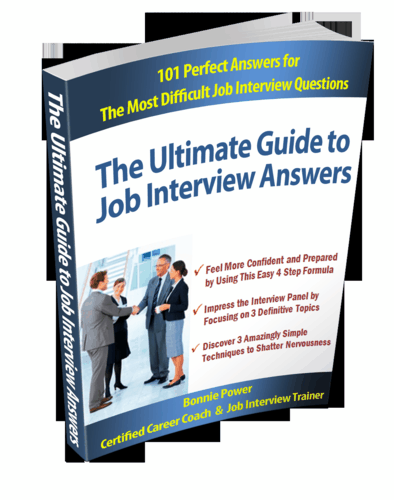Search “job interview” in say, Google, and you’ll get close to a half a billion hits. In this post-crash era, where at it’s recent peak in 2009 the official US unemployment rate was 10% (it’s since dropped to 8+) everything related to getting a job is hot topic. You can find online information on what to wear, what to say, list after list of common interview questions, video tutorials and walk-throughs to help you prepare. If you refine your search a bit you’ll discover that there are a variety of acknowledged types of interviews. Most advisors will reference ten unique variations, some directly linked to specific fields, some used at the sole discretion of the interviewer. Ultimately, though, the interview is all about the human element, and because of that three meta-categories seem to emerge.

The first meta-category is the In-Person One-on-One scenario. It’s safe to say that just about every person who’s ever worked in food service or retail has experienced the classic solo interview where, after a call-back based on the information shared on a simple paper or online application form, the prospect is invited to sit with an owner or manager one-on-one, often in a cramped office. It’s interesting that this is the most common interview model for most jobs as it’s also one of the most nerve-wracking for many people. In this setting, there’s often very little environmental stimulus or feedback to work with which can translate into both parties being far to aware of each other on all levels: sounds, and silences become amplified, gestures and body language magnified, and every little potential drop of nervous sweat becomes a far-too obvious threat. The benefit, of course, is that there’s nothing to distract your, or the interviewer’s focus, which could mean a more productive and to-the-point meeting.
The second scenario is the In-Person Multiple interview. Most lists break this category down into things like the lunch/dinner, panel, audition, behavioral or stress interview. The common strand in all these methods of recruitment is you, alone among many. For many people this is a preferable scenario to the One-on-One as it adds some level of external distraction, meaning those potential awkward silences between you and your interviewer are out of the picture. In the behavioral interview your performance is judged in action, for example a chef being asked to work a dinner shift to evaluate real-time skills. A kind of insidious yet still common variation is the stress scenario where the interviewee is purposely placed in a damage-control situation, or is faced with threatening or abusive language to test their reaction. In a dining-based scenario, even if you are alone with your potential boss or recruitment agent, serving staff and other patrons add ambience and can help jump-start dwindling conversations (and even help you to avoid or delay topics, though take care be discreet with this technique). There are quite a few websites with advice for interview dining, so be sure to brush up on your etiquette!
The Remote interview is, for some, the best situation they could ask for while others, who may rely on body language when meeting a person, find this setup uncomfortable. For camera-shy people, speaking on Skype with video can feel extremely awkward. Even the more basic phone call can fall apart with missed vocal cues that lead to bad conversational timing. The benefits, though, are that your talent and not so much your “packaging” are on display. This is becoming a much more common recruitment agency tool, especially in the tech world where specialists may be located in different countries altogether. For a multinational corporation like, for example, Microsoft, recruitment is almost required to take place remotely. Hone your on camera skills by videotaping yourself with your gadget or pc, and be prepared for that day when you’re invited to a remote interview.
Whether you are meeting with the manager of a McRestaurant or the CEO of a multinational, an interview means bringing all your personal grounded confidence into the situation. The most important thing is to follow the interviewer’s lead and, of course, try to enjoy yourself. Skip the second cup of coffee the morning of the interview and instead go to yoga or for a run to help you focus and get your endorphins flowing. Arrive near to where you need to be early, but remember it’s not appropriate to show up for an interview more than five minutes beforehand. Let yourself take up personal space: it’s not a sign of arrogance to show confidence by “occupying” your surroundings. And finally, slow down and listen well; remember that the interviewer or recruitment agent is as interested and excited to know if you are going to be a good match as you are!
This is a guest post by Andras Deak, a part-time guest-blogger and a full-time communication consultant. He currently works at a UK based IT staffing solution company, Cognitive Group. In his free time Andras is up for sports and traveling, his favorite destination is South-East Asia.


Hey that’s an informative article. This will help freshers when they step into the interview process.